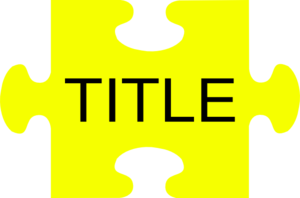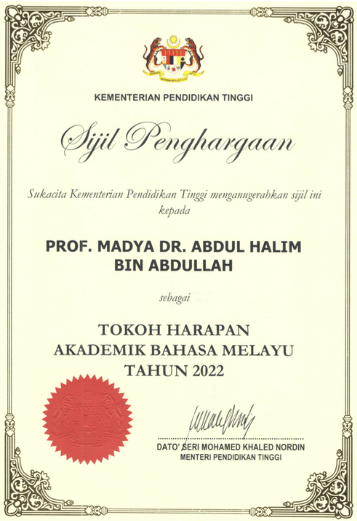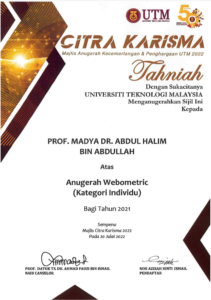Peringkat Kedua
- Penyataan lebih khusus mengenai aspek masalah yang sudah dikaji oleh penyelidik-penyelidik lain
- Laporan kajian semasa dan sebelum dalam topik sama ..
Contoh:
Jones et al. (2014) mendapati……………………
Pada tahun 2013, Neelofa mendedahkan bahawa …
Satu kajian baru-baru ini oleh McGraw (2010) mendapati……..
Dalam kajian mendalam oleh Ahmad (2011) menunjukkan bahawa ………..
Buktikan bahawa topik tersebut adalah relevan untuk dikaji, diterokai dan diselidik































